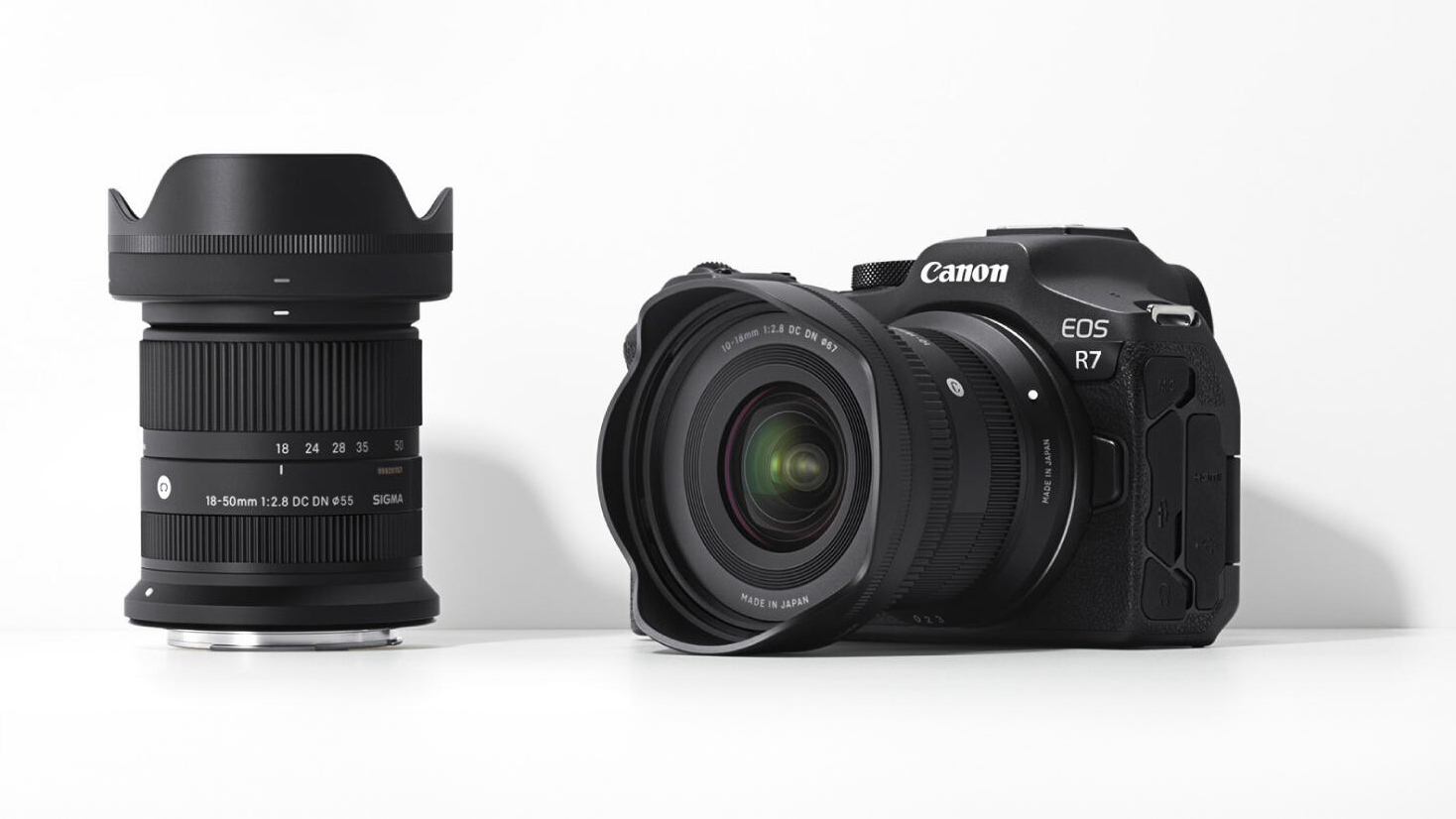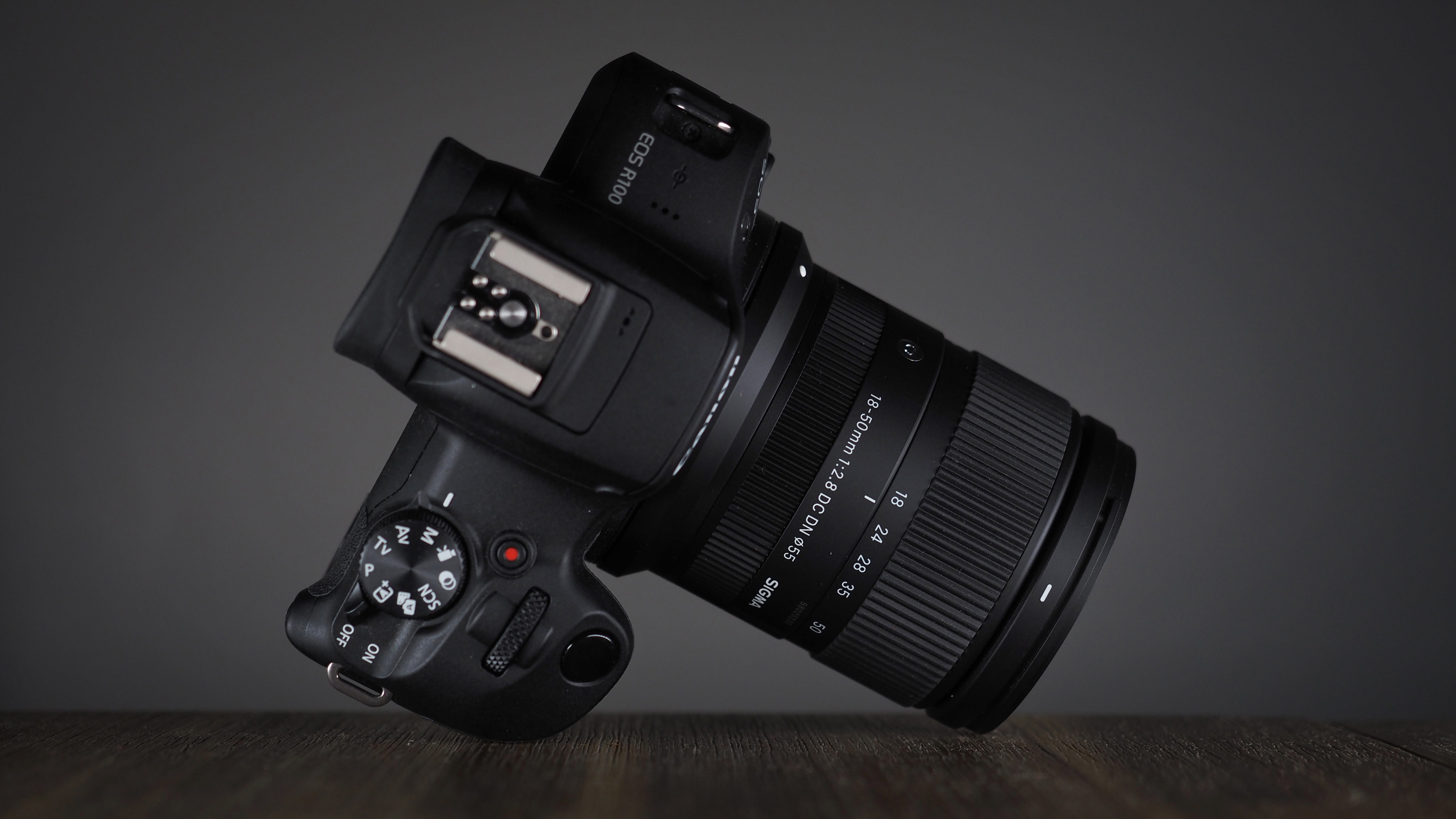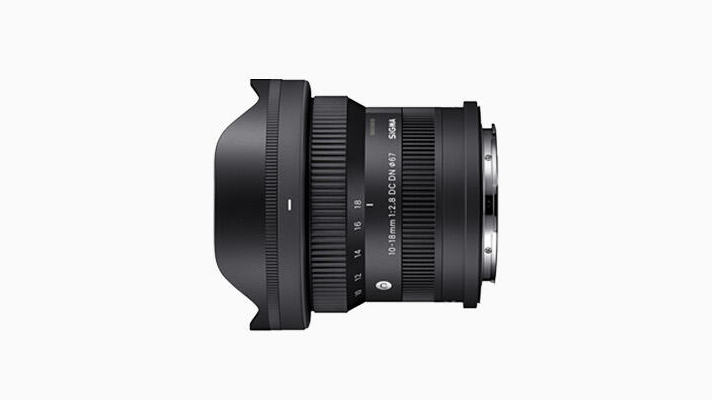Sigma does what Canon can't (or won't)
It sucks that Canon isn't making must-have RF-S lenses for its APS-C cameras – so it's a good thing Sigma is happy to do it

Canon makes some pretty compelling APS-C cameras. The only problem is, it doesn't make any compelling lenses for them. But why?
I recommend the Canon EOS R7 to people all the time, because it's an absolute powerhouse of a camera. But when they ask me what glass to get for it, I invariably have to recommend the oversized Canon RF lenses designed for full-frame cameras, because its APS-C optics are so utilitarian.
And up until April, Canon's own lenses were your only choice if you wanted autofocus. But now the floodgates are open, and Sigma is making lenses for the RF mount (albeit, for now at least, only RF-S lenses).
Having just dropped the brilliant Sigma 18-50mm f/2.8 RF-S lens, the company is about to launch five more Canon lenses this year – including four super-fast f/1.4 primes.
And that's when it dawned on me: why would Canon bother making killer APS-C lenses for its RF mount when Sigma is more than happy do the job instead?

Work smarter
Populating a new lens ecosystem is hard work. So, by letting Sigma do all the work when it comes to making APS-C lenses, Canon is working smarter – not harder.
It's a marriage of convenience. Canon can focus on lenses like the RF 24-105mm f/2.8 and RF 28-70mm f/2 – the kind of optics that were previously unheard of, and are only possible thanks to the unique properties of the RF mount.
Get the Digital Camera World Newsletter
The best camera deals, reviews, product advice, and unmissable photography news, direct to your inbox!
Because let's face it; when Canon's engineers were designing the RF mount and conjuring up dream lenses, they were thinking of full-frame. They were thinking of the RF 85mm f/1.2L Defocus Smoothing lens, and the RF 800mm f/11 super telephoto.
But trinity zooms and f/1.4 primes for APS-C sensors? Those weren't Canon's dreams for the RF mount. However, they're very much the kinds of dreams that Sigma has.

The dream is alive
The best part is, Sigma didn't even have to dream these lenses up for the RF mount – it has already made them. And now they're coming to Canon's APS-C cameras:
• Sigma 10-18mm f/2.8 DC DN | Contemporary
• Sigma 16mm f/1.4 DC DN | Contemporary
• Sigma 23mm f/1.4 DC DN | Contemporary
• Sigma 30mm f/1.4 DC DN | Contemporary
• Sigma 56mm f/1.4 DC DN | Contemporary
Think about it: with Sigma bringing all these lenses to RF-S, what else is actually necessary for Canon to make? It already produces the essentials – the kit lenses and compact workaday optics like the Canon RF-S 18-45mm and RF-S 55-210mm.
We've seen this before with the company's attitude to Canon EF-M lenses; it made a bunch of kit lenses to sell cameras (and, admittedly, made a couple of fast primes as well), but pretty much left everything else to third parties.
Whether you think it's smart, cynical or just plain lazy, it's a playbook that works just fine for Canon. And, if the RF-S 18-50mm Contemporary is anything to go by, it's going to work just fine for Sigma and consumers as well.
Do you have an APS-C Canon camera? Take a look at the best lenses for Canon EOS R7 and best lenses for Canon EOS R10, along with the best lenses for Canon EOS R100 and best lenses for Canon EOS R50.

James has 22 years experience as a journalist, serving as editor of Digital Camera World for 6 of them. He started working in the photography industry in 2014, product testing and shooting ad campaigns for Olympus, as well as clients like Aston Martin Racing, Elinchrom and L'Oréal. An Olympus / OM System, Canon and Hasselblad shooter, he has a wealth of knowledge on cameras of all makes – and he loves instant cameras, too.
